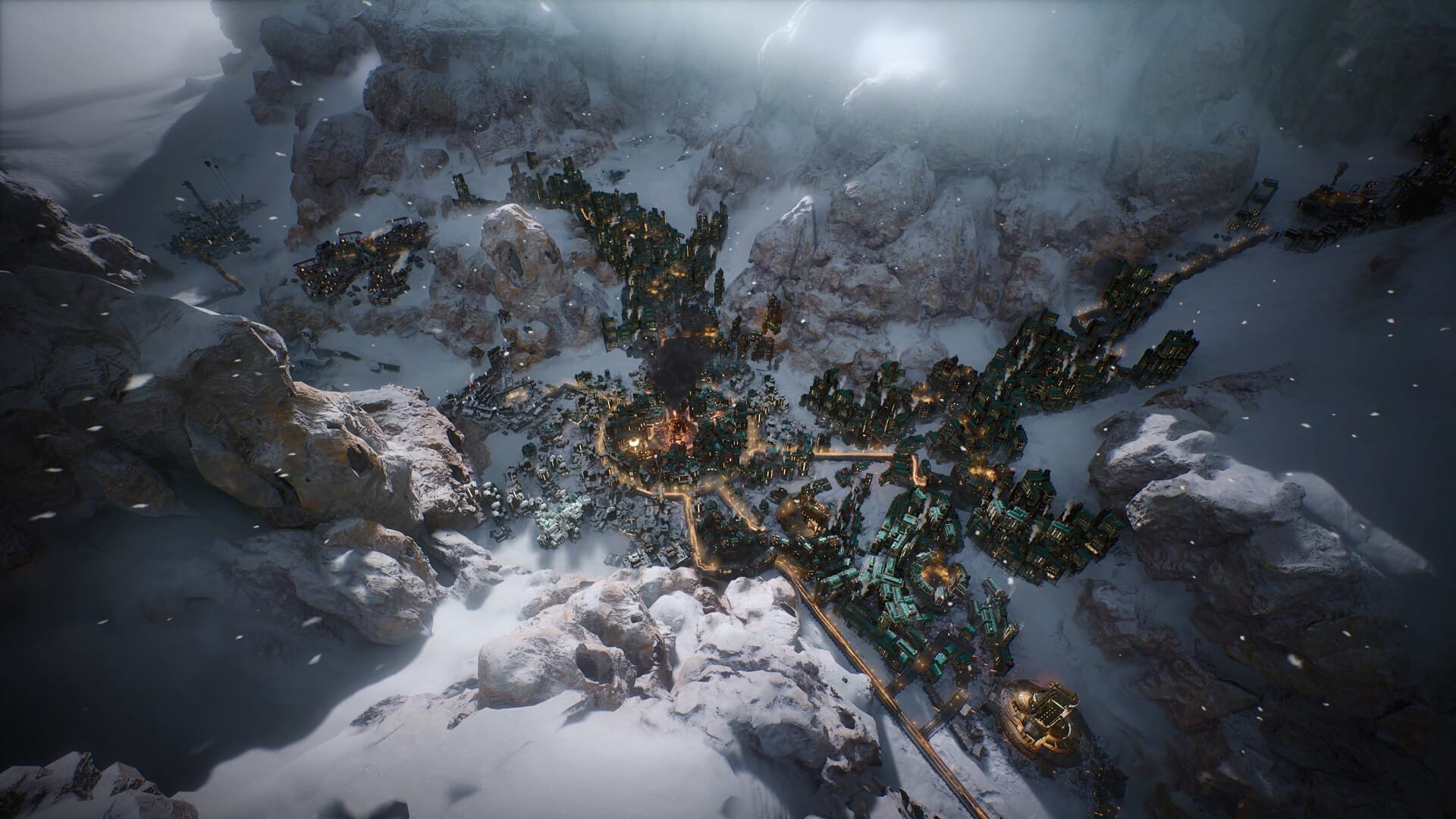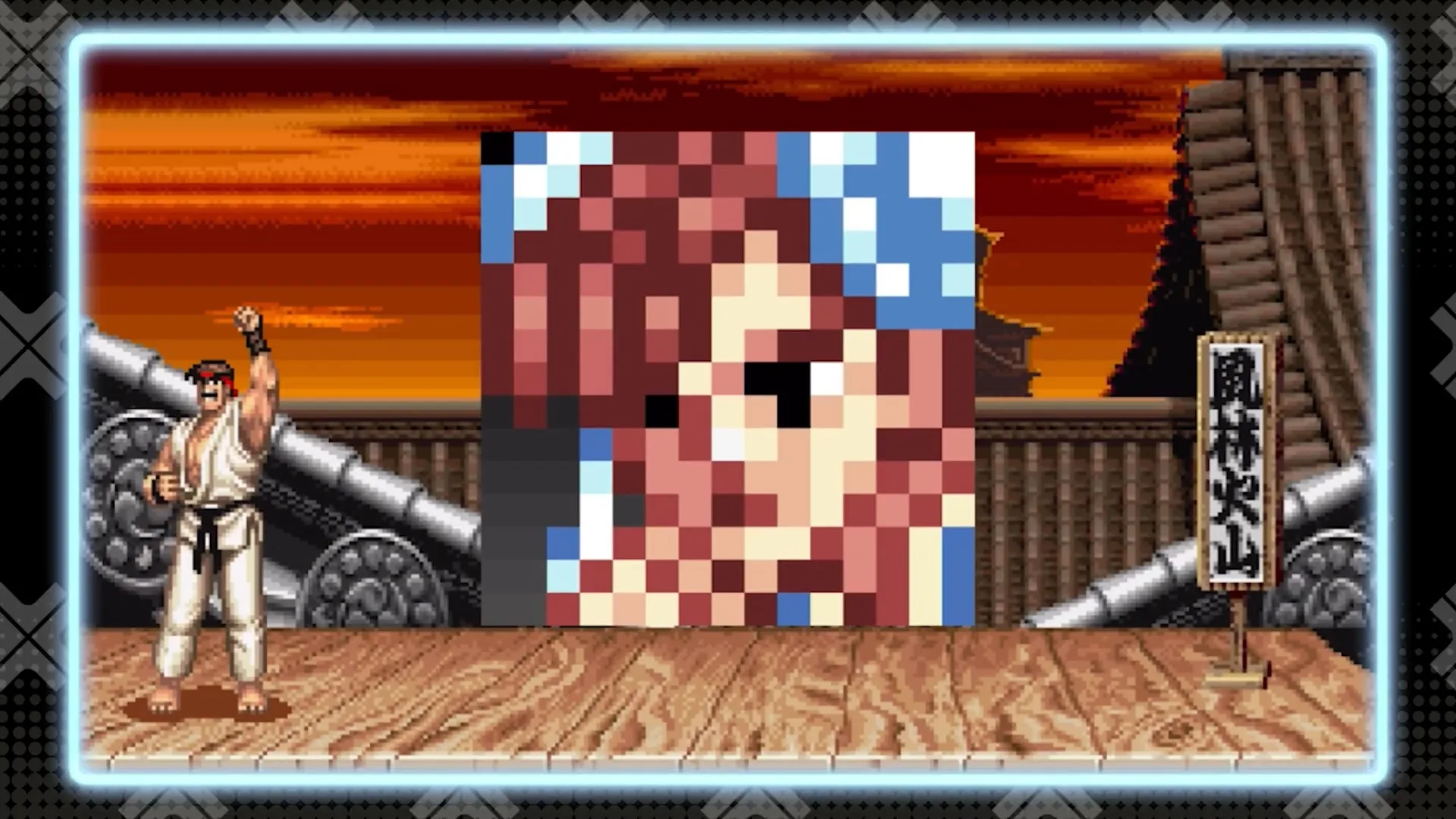To me, shonen manga and anime have always seemed like the perfect subject to be made into videogames. But what seems to be a perfect fit doesn’t always become a reality, as decades of really bad licensed games have come and gone, with Akira Toriyama’s Dragon Ball being the one that’s gotten probably the most games. Dragon Ball Z in particular has everything going for it when it comes to games: from power levels constantly going up as stronger enemies pop up to the ever growing cast of characters with each new saga. While I would consider 2018’s Dragon Ball FighterZ to be the ultimate Dragon Ball Z game ever made, Dragon Ball Z: Kakarot is probably the closest the franchise has gotten to presenting the anime story down in videogame form.
As a fan of Dragon Ball since childhood, I had yet to play through any of the many games that follow the story arch of the Z series, so I was particularly excited to play through the final version of Kakarot after an impressive demo during last year’s E3, when the game was announced. After thirty or so hours of playing, I finally got to the credits, having made my way through the main story — which includes all of Dragon Ball Z that is the Saiyan, Freeza, Cell, and Boo sagas from the show — and finishing a few of the side quests, I can safely say that in many ways, CyberConnect 2 has done a great job translating the feel of Dragon Ball Z into game form, as they’ve been doing for years with Naruto.
Firstly, I’ll get this out of the way: Dragon Ball Z: Kakarot is graphically brilliant. It gets the look and feel of the show down pat as you fly through the skies as Goku and his friends, or battle whoever is this week’s seemingly invincible foe, shooting huge fireballs at them. The main cast is also presented quite well, and as the story progresses, their looks change just like in the anime, be it Gohan growing up into an adult by the end of the game, or even Bulma’s ever changing wardrobe and hair styles, every part of the visual changes for the characters from the show are lovingly recreated in this game.

Background characters, however, get the shorter stick, and in order to populate the maps in the game, a lot of designs are recycled, similarly to what’s done in Dragon Quest, another series that also has its character designs handled by Toriyama. Locales from Dragon Ball are also presented in the game as locations you can visit and fly around in, like the archipelago where Master Roshi lives in and the Capsule Corporation, who developed the technology that’s seen throughout the world of Dragon Ball, along with the many cities that are razed all throughout the cartoon.
There are even some locations that are only mentioned in it that make an appearance in this game. Unfortunately, interactivity is somewhat limited, and outside of flying around these places and collecting many, many, many orbs, or doing side quests, there’s very little in the way of picking any of these spots apart, except for their visual design.

That’s the main issue that keeps me from recommending Dragon Ball Z: Kakarot wholeheartedly. For as gorgeous as this game is to look at, actually playing it gets quite repetitive, and the role-playing aspect of it is bland, given how overly shallow its systems are. Be it trying to keep tabs on its community boards, a feature in the game that goes by pretty much unexplained thanks to a lack of tutorials, where you haphazardly pin down character tokens in order to boost up various elements like cooking, crafting, or even in the fighting, which is relegated to a lot of button mashing and the occasional block. Even hunting for the eponymous dragon balls falls short of exciting, since you can get them all by simply flying to each of their icons on the map, and their use is limited to replaying boss fights or getting lots of money, items or level up orbs.
The way that Kakarot tackles the plot of the anime is troublesome, considering the bizarre decisions that were taken with cutting story beats in order to keep the game going. Dragon Ball Z already got its own buttoned-down version of its anime with Dragon Ball Z: Kai, a more recent version of the show that attempted to cut down on the filler for which Dragon Ball Z is known for, reducing the original’s 291 episodes down to 167. Kakarot arbitrarily does away with even more of the plot (going as far as doing away with characters, even!), in favor of adding in videogame-y filler. Thanks to that, anyone not familiar with the story of the show is bound to be left to dry.
That filler comes in the form of fetch quests, the bane of RPG players around the globe. What’s worse is that these pop up in the most inopportune moments most of the time, like right smack in the middle of a big story arc that’s just about to close, ruining the pacing of the game in the process. Even the callbacks that were left for fans of the original run of the show, like the Goku and Piccolo driving license test or the return of some characters from the very first Dragon Ball (the one with kid Goku, you know?), feel rushed.

The fighting, the biggest part of Dragon Ball Z — most shonen properties, really — which let’s face it, wouldn’t have surpassed Arc System Works’ impeccable Dragon Ball FighterZ’s, as mentioned before, is too simple, with only a single button for basic attacks and a combination of shoulder and face buttons for special ones. Enemy characters have levels of their own and you can break their armor defense in order to dish out even more damage, the only real layer to the combat as a whole, allowing you to switch up the handful of attacks you have at your disposal if you want. Or you can just brute force your way through, keeping your pocket lined with healing potions. Works either way.
You can power up your specials as you gain XP and levels, spending the orbs you pick up by flying around through rings or by winning fights and completing quests. The only thing that keeps you from just buying new skills willy nilly, outside of level requirements and completing specific parts of the story, is occasionally having to partake in combat challenges in order to unlock new powers before you can put points into particular nodes. So for instance if you’re looking to make Goku’s trademark Kamehameha stronger, not only do you have to spend orbs, but also have to jump in and take a few of these challenges. It’s not that big of a hurdle, really, and in my experience, these proved to be somewhat fun, given how overleveled I was by the time I remembered to do them, so a quick power blast was usually enough to beat them in a matter of seconds.

Getting continually stronger is a part of Dragon Ball that lends to a game’s progression, and that is put to good use in Kakarot. Being able to just fly over and instantly take out a group of weaker nondescript enemies hanging around is just hilarious, and for me as a fan, getting to see attacks getting bigger and bigger, as well as the many ridiculous transformations that Goku and co go through in the story was admittedly a lot of fun. It makes me imagine how the even sillier stuff that’s in Dragon Ball Super, the sequel series to DBZ that was just recently released, would fit into all of this if Bandai Namco ever decides to turn that into a game, or even add it to this via DLC.
Ultimately, I have mixed feelings in regards to this game. On one end, yeah, it’s basically the same knee-deep game structure that CyberConnect2 has been using over the years, now using Dragon Ball as its shell, a property that I have lots of nostalgia for, and making it all prettied up under the Unreal Engine. On the other, it’s exactly that, a Dragon Ball game that looks fantastic and (faults aside) follows the story arcs with authentic voice acting and musical cues, along with spot on camera shots and fighting that at least looks like the cartoon in motion, even if it gets repetitive to play.
Kakarot isn’t an RPG under the guise of Dragon Ball Z; it’s the exact opposite: a Dragon Ball Z game in which RPG elements are crammed into without a lot of depth or reward. I can’t say that I utterly disliked my time playing Dragon Ball Z: Kakarot, but at the same time, it’s something I would’ve had a hard time giving a lot of time to if it weren’t tied to Dragon Ball. It’s got a limited appeal, making it a game that’s worth checking out if you’re a fan of the show and most importantly, have your expectations in check.





The biggest issue is that character progression is directly tied to story progression. You can’t properly level up, gain new abilities and becomes stronger without progressing into the story.
Normal enemies give so little rewards that it’s a chore to fight them. Abilities are straight-up locked until you progress to a specific story chapter.
While I understand that characters gain their power boosts in specific times in the story (Goku getting Super Saiyan against Frieza) it goes against everything RPG’s stand for.
I should be able to beat down Ginyu Force while going Super Saiyan 3 if I grind the hell out of the game.
The fact that the only way to actually progress is to do story missions ruins it for me.
I agree, it’s a bummer not being able to do that, but I can see the reason not to, it would make the story even more broken. Would be cool to see some sort of sandbox mode where you could set that up, though, maybe that’s in the works for the DLC? We’ll see!
Sure, however it still feels incredibly restrictive and I cannot recall any actual RPG restricting you so much in terms of character progression.